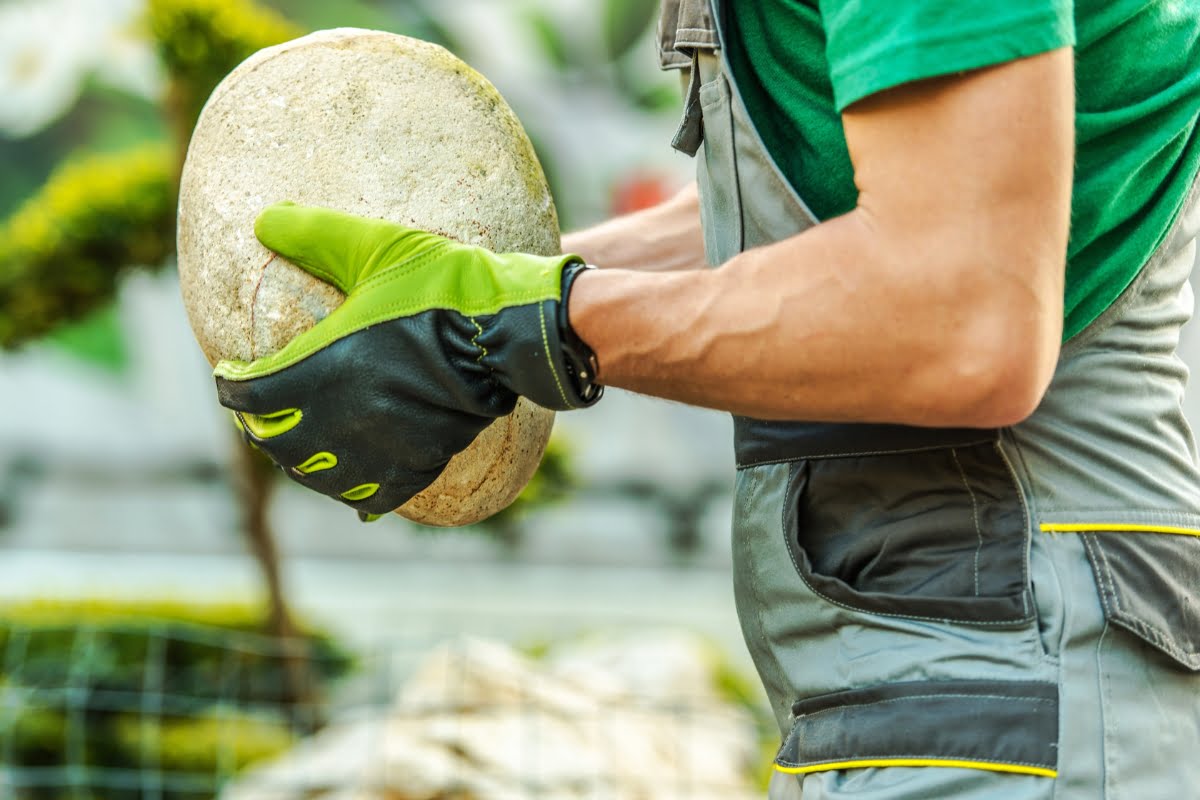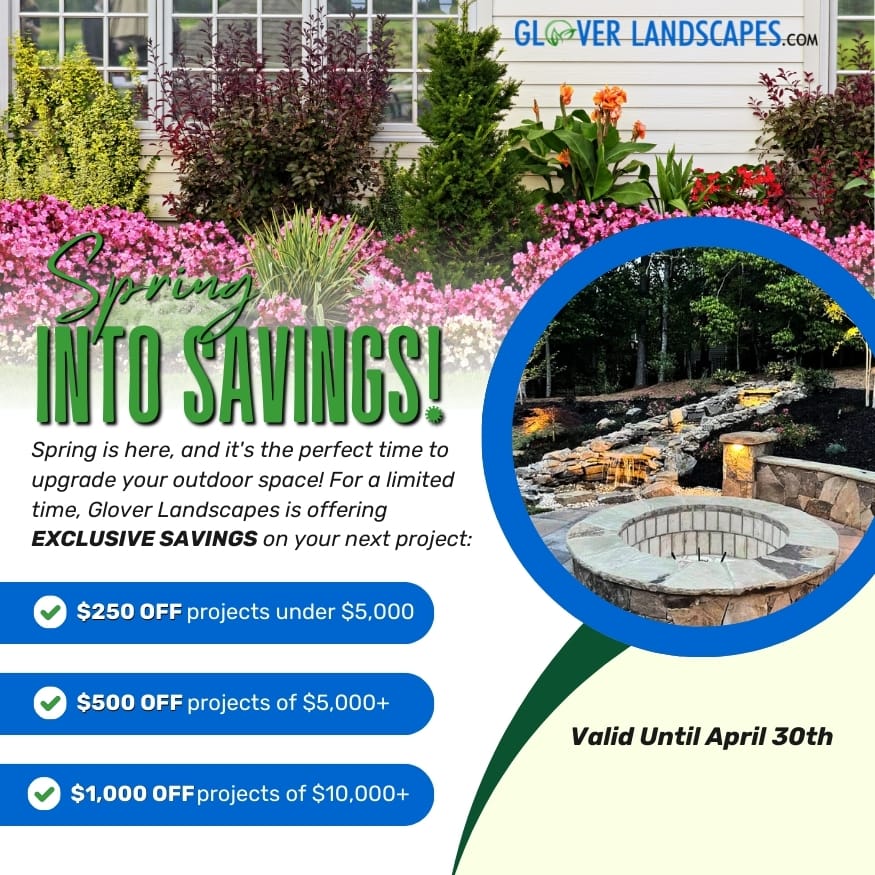Are you tired of looking at a dull and lifeless outdoor space? Do you dream of transforming your backyard into a stunning oasis that will leave your guests in awe? Look no further, because we have the perfect solution for you: stunning boulders for landscaping.
Yes, you read that right! Boulders, those massive rocks that you often come across in nature, can be the key to creating a breathtaking outdoor space that will make you feel like you’re in paradise.
In this blog post, we will dive deeper into the world of boulders for landscaping, exploring different types of boulders, creative ways to incorporate them into your design, and tips for proper installation and maintenance. Get ready to unleash your creativity and transform your outdoor space into a stunning masterpiece with the help of these magnificent rocks.
Boulders for Landscaping: How to Make Your Yard Stand Out!
The Aesthetic Appeal of Boulders: Adding Natural Beauty to Your Outdoor Space
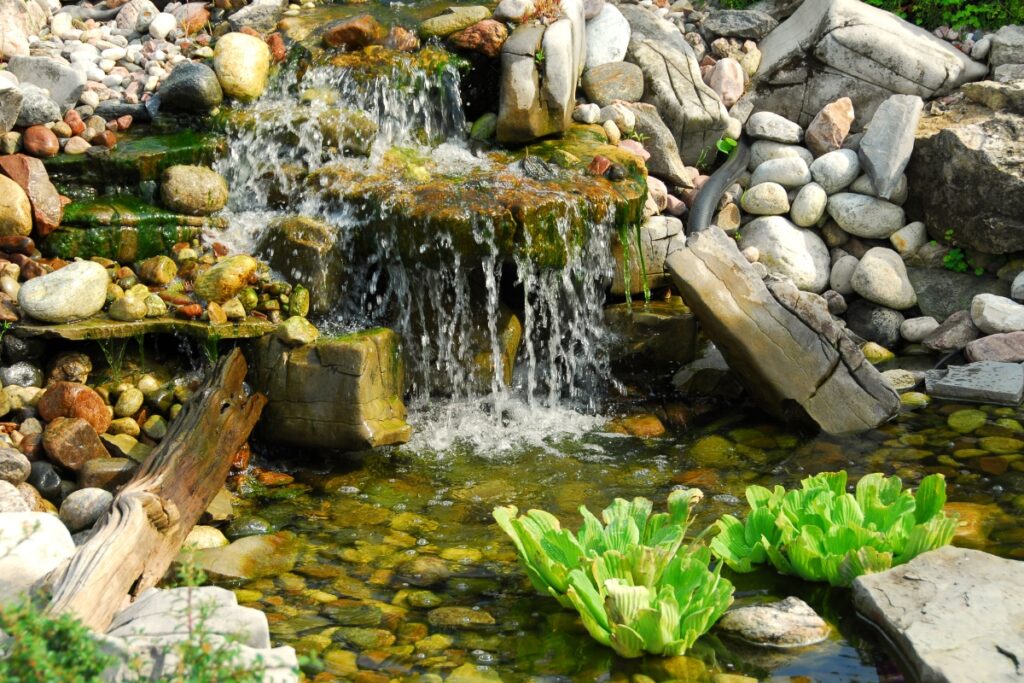
Boulders can be a perfect addition to your outdoor space, bringing a sense of natural beauty and aesthetic appeal. These stunning rocks can transform your landscape and create a unique and visually pleasing environment.
Whether you have a small garden or a sprawling backyard, boulders can add interest, texture, and a touch of ruggedness to any outdoor setting.
Boulders, when strategically placed, can serve as focal points in your landscape design. Their imposing size and unique shapes draw attention and create a sense of drama. You can use them as standalone features or incorporate them into existing garden beds or pathways.
The contrast between the rugged boulders and the surrounding greenery creates a visually striking scene that captures the essence of nature.
One of the greatest advantages of using boulders in your outdoor space is their durability. Unlike other landscaping materials that may require frequent maintenance or replacement, boulders are virtually maintenance-free.
They can withstand harsh weather conditions and remain unaffected by pests or disease. This makes them a long-lasting and cost-effective choice for enhancing your outdoor space.
Another benefit of incorporating boulders into your landscape design is their versatility. They can be used in various ways, depending on your preferences and the overall aesthetic you want to achieve.
You can use them to create retaining walls, natural seating areas, or even as decorative elements in water features such as ponds or streams. The possibilities are endless, allowing you to unleash your creativity and design a truly unique and personalized outdoor space.
Exploring Different Types of Boulders for Your Design
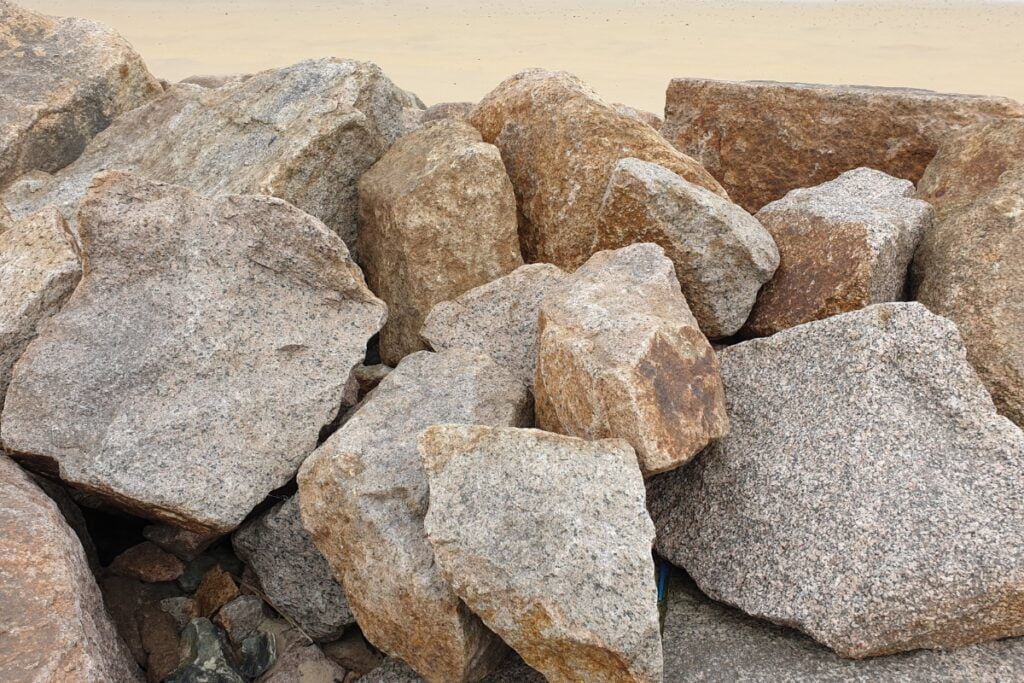
When it comes to landscaping, boulders can add a unique and eye-catching element to your outdoor space. They can be used in various ways to create a stunning design that is sure to impress.
One type of boulder that is commonly used in landscaping is the granite boulder. Granite boulders are known for their durability and natural beauty. They come in a variety of colors, including shades of gray, pink, and brown. These boulders can be used to create focal points in your garden or to line pathways and borders. Their smooth surfaces and interesting shapes add visual interest to any outdoor space.
Another popular type of boulder for landscaping is the sandstone boulder. Sandstone boulders have a warm and earthy appearance, with hues of red, yellow, and brown. They are often used to create retaining walls or to add dimension to garden beds. Sandstone boulders can also be stacked to create unique seating areas or natural water features.
For those looking for a more dramatic and modern look, limestone boulders are a great choice. Limestone is a versatile stone that can be carved into various shapes and sizes. It can be used to create striking sculptures or to build raised planters. Limestone boulders add a contemporary touch to any landscape design.
If you prefer a softer and more organic look, consider using river boulders. These boulders are naturally rounded by the flow of water and come in a range of sizes. River boulders can be used to create naturalistic water features, such as ponds or waterfalls. They can also be strategically placed to add texture and contrast to your garden.
Creative Ways to Incorporate Boulders into Your Outdoor Space
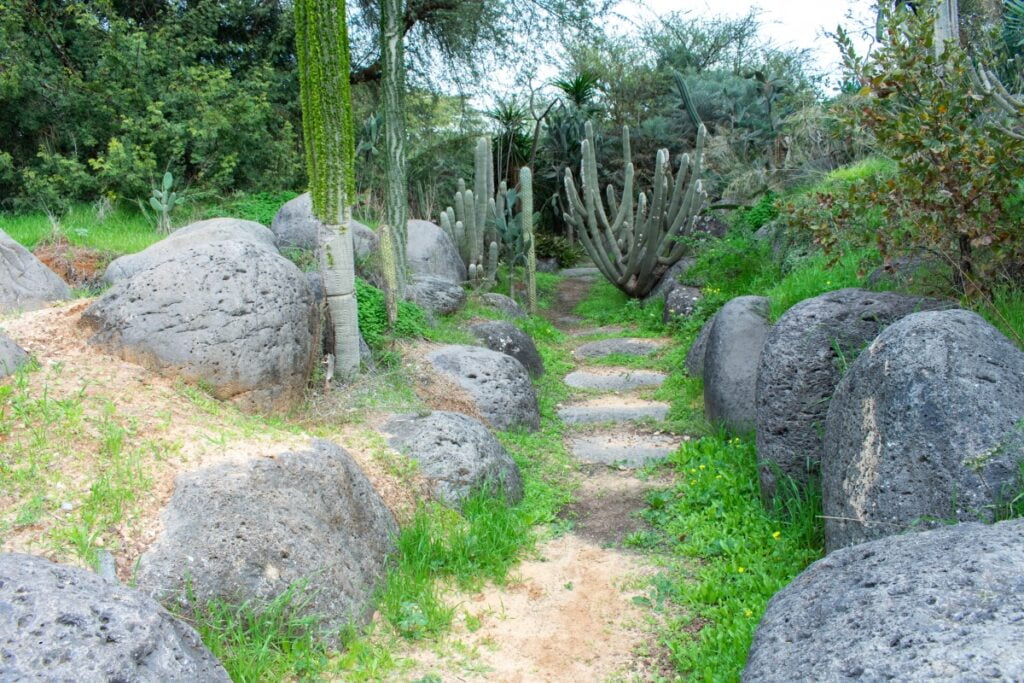
If you’re looking to add a touch of natural beauty and unique flair to your outdoor space, incorporating boulders into your landscaping is a fantastic idea.
Not only do boulders provide a focal point in your garden, but they also add texture, depth, and visual interest to your overall design. Here are some creative ways to incorporate boulders into your outdoor space:
- Create a rock garden: A rock garden is a stunning feature that can be easily achieved by placing boulders strategically amidst a variety of plants and smaller rocks. This combination creates a visually appealing contrast and adds a natural element to your outdoor space.
- Build a retaining wall: Boulders can be used to construct a retaining wall, serving both a practical and aesthetic purpose. A well-built retaining wall holds back soil and prevents erosion while adding an impressive visual element to your landscape design.
- Design a water feature: Boulders are a perfect addition to any water feature, such as a pond or waterfall. By strategically placing boulders around the water feature, you can create a more natural and organic look, enhancing the overall ambiance of your outdoor space.
- Craft a seating area: Boulders can be transformed into creative seating arrangements. By arranging boulders in a circular or semi-circular formation and adding cushions or pillows, you can create a unique and comfortable seating area for your outdoor gatherings.
- Construct a pathway: Boulders can be used to create a visually appealing pathway through your garden or yard. By arranging them in a stepping stone pattern, you can guide visitors through your outdoor space while adding an element of intrigue and charm.
- Build a focal point: Select a large, eye-catching boulder and position it as a focal point in your garden. This commanding feature will draw attention and become a conversation piece, instantly elevating the overall aesthetic of your outdoor space.
- Incorporate boulders into planters: Boulders can be integrated seamlessly into planters, adding a unique and natural touch. By partially burying the boulders in the planter soil, you can create a beautiful contrast between the rugged texture of the rock and the delicate foliage of your plants.
- Use boulders as edging: Boulders can serve as a natural and durable edging material, defining the boundaries of your garden beds or walkways. This not only adds visual appeal but also helps to prevent soil erosion and maintain the integrity of your outdoor space.
Tips for Proper Installation of Boulders in Your Landscape Design
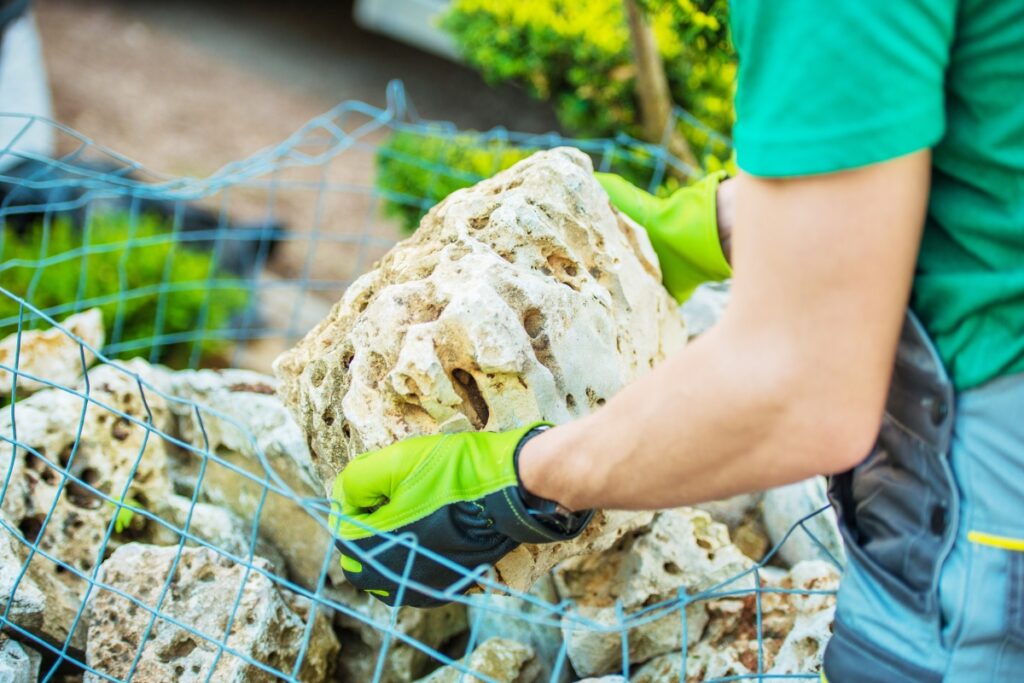
Proper installation of boulders in your landscape design is crucial to achieving a stunning outdoor space. Whether you are looking to create a focal point, define boundaries, or add natural elements to your garden, boulders can be a great addition.
However, it’s important to ensure that they are installed correctly to prevent any issues in the future. Here are some tips to help you with the proper installation of boulders in your landscape design.
- Planning is key: Before you start installing boulders, it’s important to have a clear plan in mind. Consider the size, shape, and color of the boulders that will complement your overall landscape design. Think about the purpose of the boulders and how they will fit into the existing layout. Planning will help you determine the best locations for installation and ensure a cohesive design.
- Prepare the area: Once you have a plan in place, it’s time to prepare the area where the boulders will be installed. Clear out any existing vegetation, debris, or rocks from the site. Level the ground if necessary to create a stable base for the boulders. This will ensure that they are securely in place and won’t shift over time.
- Choose the right equipment: Depending on the size and weight of the boulders, you may need specialized equipment for installation. Consider renting or hiring professionals with the necessary tools to ensure a safe and efficient installation process. Heavy machinery such as cranes or skid steers can help lift and position the boulders accurately.
- Dig a stable foundation: To ensure the stability of the boulders, dig a hole that is slightly larger than the size of the boulder. This will allow you to create a stable foundation by filling the hole with a layer of compacted gravel or crushed stone. This base will provide a solid surface for the boulders to rest on, preventing any sinking or tilting.
- Position the boulders strategically: When placing the boulders, consider their size and shape to create a natural and aesthetically pleasing arrangement. Avoid clustering the boulders together too closely, as this can create a cluttered look. Instead, space them out and consider the surrounding landscape elements to achieve a balanced design.
- Secure the boulders: Once the boulders are in place, secure them using a combination of smaller rocks, gravel, or soil. This will help anchor them firmly and prevent any movement. Be sure to fill in any gaps around the boulders to create a seamless appearance.
- Regular maintenance: After installation, it’s important to regularly inspect and maintain the boulders. Check for any signs of shifting or instability and address any issues promptly. Additionally, keep the surrounding area clean and free of debris to maintain the overall aesthetics of your landscape design.
Maintaining the Beauty and Longevity of Your Boulder Landscaping
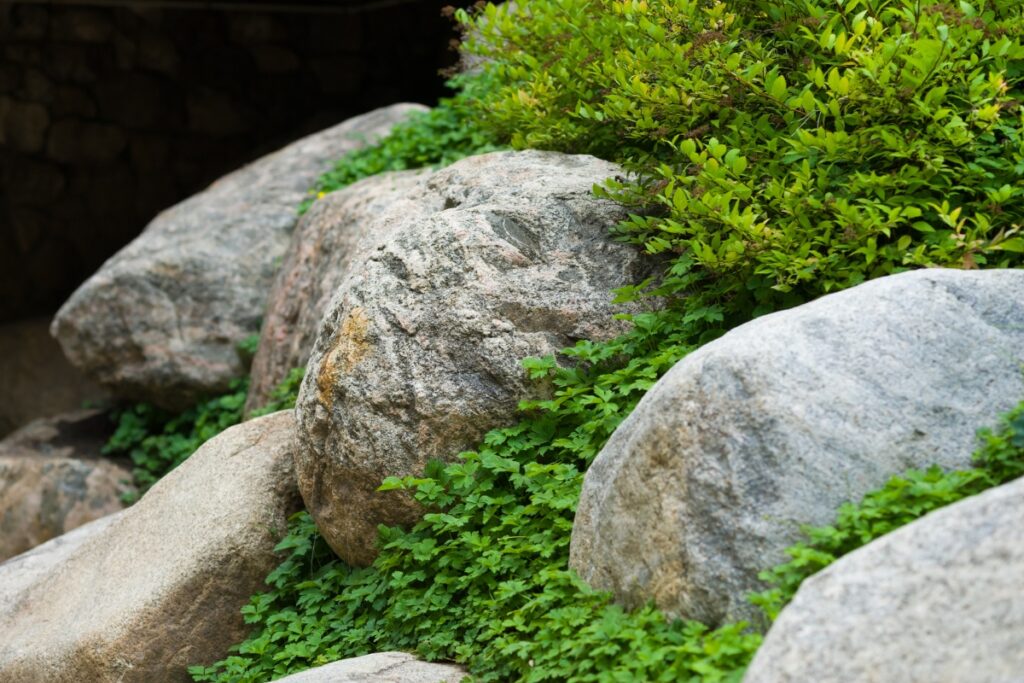
Boulders for landscaping can be a stunning addition to your outdoor space, but it’s important to know how to properly maintain them to ensure their beauty and longevity. Whether you use boulders as decorative features, retaining walls, or natural stepping stones, following a few simple maintenance tips can help keep them looking their best for years to come.
One of the key aspects of maintaining your boulder landscaping is regular cleaning. Over time, dirt, debris, and even algae can accumulate on the surface of the boulders, dulling their appearance.
To clean them, simply use a soft bristle brush and mild soap or detergent mixed with water. Gently scrub the surface of the boulders to remove any dirt or stains. Rinse thoroughly with clean water and allow them to air dry. Avoid using harsh chemicals or abrasive materials that could damage the boulders.
In addition to cleaning, it’s important to inspect your boulder landscaping regularly for any signs of damage or instability. Check for cracks, chips, or loose stones that may need repair. If you notice any issues, it’s best to address them as soon as possible to prevent further damage.
For minor repairs, you can use epoxy or mortar designed for outdoor use to fix any cracks or chips. However, for larger or more complex repairs, it’s recommended to consult a professional landscaper or stonemason.
Proper drainage is another crucial aspect of maintaining your boulder landscaping. Poor drainage can lead to water accumulation, which can damage the boulders and surrounding plants. Ensure that your boulders are properly installed with adequate drainage channels or gravel-filled gaps between them. This will help to prevent water from pooling around the boulders and causing erosion or damage.
Regularly inspecting and maintaining the surrounding landscape can also contribute to the longevity of your boulder landscaping. Trim back any overhanging branches or plants that may be encroaching on the boulders.
This will not only prevent damage to the stones but also keep them visible and aesthetically pleasing. Additionally, remove any weeds or grass that may be growing around the boulders, as they can detract from their beauty and potentially cause damage over time.
Lastly, consider applying a protective sealant to your boulders for added durability and weather resistance. There are various sealants available specifically designed for natural stone. Before applying a sealant, ensure that the boulders are clean and dry. Follow the manufacturer’s instructions for application, and reapply the sealant as recommended to maintain its effectiveness.
Conclusion: Transforming Your Outdoor Space into a Stunning Masterpiece
Transforming your outdoor space into a stunning masterpiece can be achieved by incorporating stunning boulders for landscaping. These natural elements add a touch of elegance and grandeur to any outdoor area. Whether you have a spacious garden or a small patio, boulders can completely transform the look and feel of your space.
Transforming your outdoor space into a stunning masterpiece can be easily achieved by incorporating boulders for landscaping. These natural elements not only add beauty but also serve practical purposes.
Whether you choose to create a rock garden or use boulders as focal points, they will undoubtedly enhance the overall aesthetics of your outdoor space. So, go ahead and unleash your creativity to create a breathtaking outdoor oasis with stunning boulders.
Do you have a landscaping idea that you’d love to bring to your own space? Choose Glover Landscapes! Our landscaping services ensure that we bring your vision to life and take your landscaping to the next level.
Kickstart your landscaping project by calling us at (404) 510-6437 or by sending in a request for a free project quote via our website form. Choose Glover Landscapes today, and we’ll turn your landscaping vision into reality!
